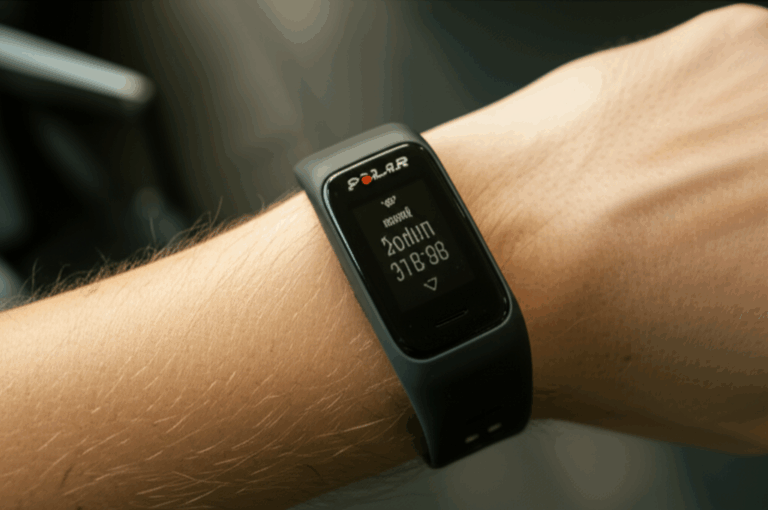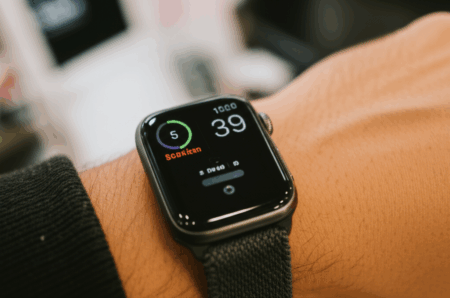The wearable fitness market is undergoing a significant transformation, with consumers increasingly seeking devices that offer robust health tracking without the burden of recurring fees. Against this backdrop, Finnish health technology pioneer Polar has made a disruptive move, launching a new screen-less, subscription-free wearable that directly challenges the prevailing subscription model adopted by many of its competitors. This strategic pivot by Polar not only redefines consumer expectations but also highlights a shifting investment opportunity in the broader health tech landscape, favoring models that prioritize accessibility and long-term user value.
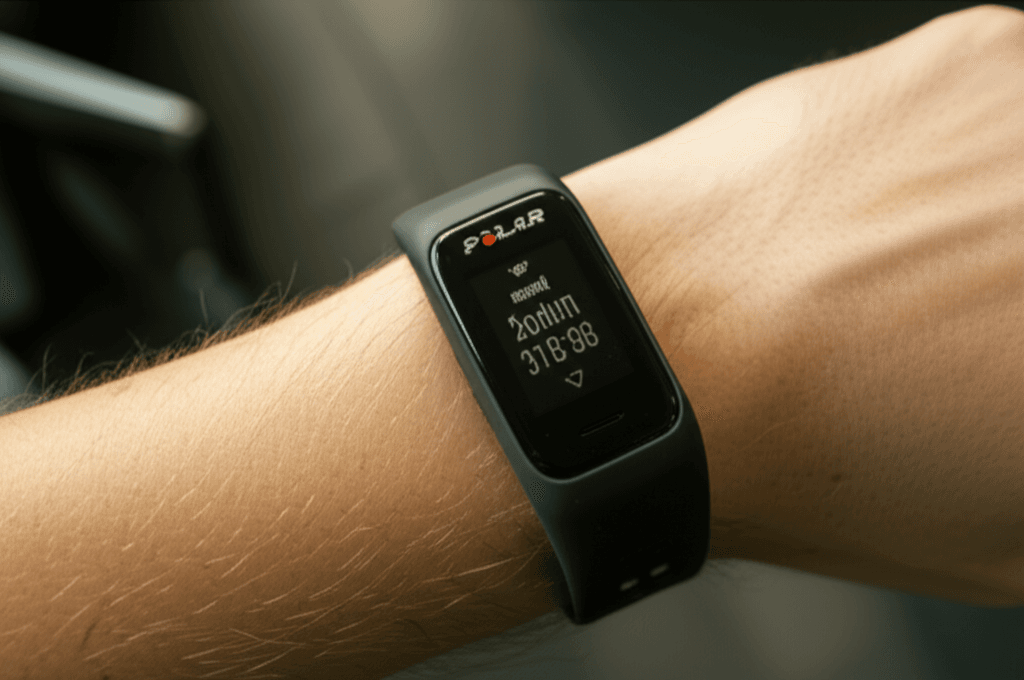
Polar’s Bold Step: The Subscription-Free Polar Loop
Polar, a company with nearly 50 years of experience in wearable sports and fitness technology, officially unveiled its new consumer-focused wearable, the Polar Loop, in September 2025. This device marks a departure from the company’s traditional display-equipped sports watches, instead offering a minimalist, screen-free band designed for 24/7 wear.
The key differentiator for the Polar Loop is its commitment to a subscription-free model. Unlike popular rivals such as Whoop and Oura, which require ongoing monthly payments to access full data and insights, Polar states that every feature of the Loop, along with its companion Polar Flow app, is available through a one-time purchase. This approach aims to democratize access to continuous health monitoring, focusing on core metrics like heart rate, activity, sleep quality, and recovery, all powered by Polar’s Precision Prime sensor technology. The device also offers up to eight days of battery life and four weeks of onboard memory.
Polar CEO Sander Werring emphasized that this move is a response to “smartwatch fatigue” and a growing demand for “distraction-free” devices, particularly among younger generations who seek simplicity and freedom in managing their health and fitness. The company also highlights its strong privacy stance, promising no upsells and no selling of user data, backed by EU privacy laws.
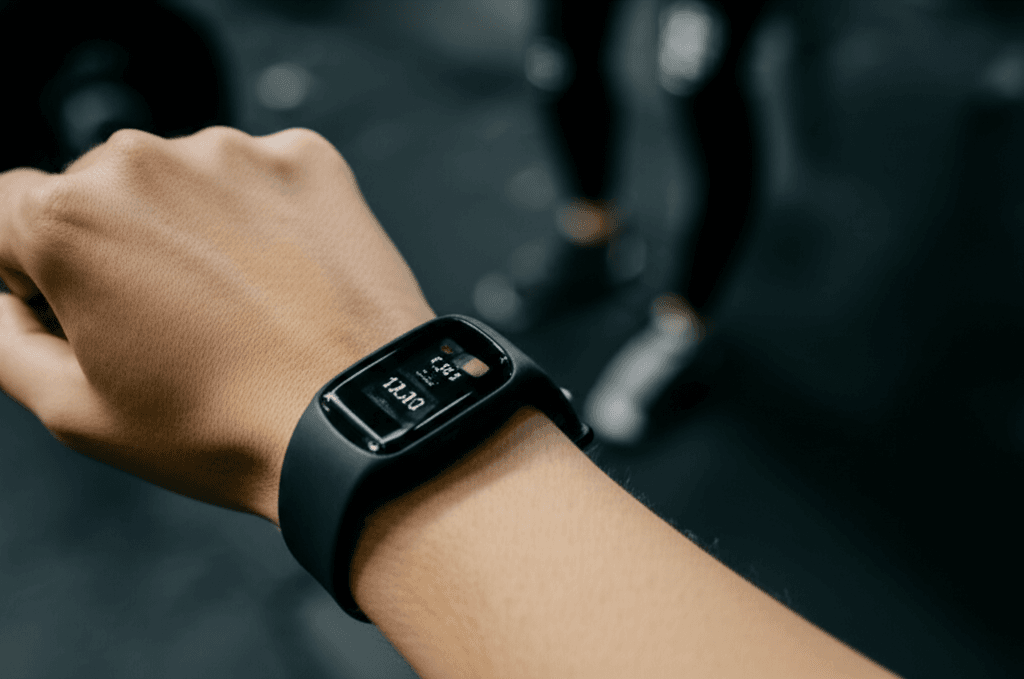
The Current Landscape of Wearable Fitness Technology
The global wearable fitness market is experiencing explosive growth, projected to reach an estimated $317.92 billion by 2034, with a compound annual growth rate (CAGR) of 18.0%. Other estimates place the wearable devices market at over $178.72 billion in 2024, potentially rising to over $572 billion by 2033. This expansion is driven by increasing health consciousness, technological advancements, and the demand for personalized fitness solutions.
However, a significant portion of the market, particularly for advanced tracking and insights, has leaned heavily into subscription-based models. Companies like Whoop have built their entire business around a recurring fee for their hardware and analytics platform. While these subscriptions offer a steady revenue stream and allow for continuous development of features, they can also represent a barrier to entry for some consumers.
Major players such as Apple, Fitbit (Google), and Garmin continue to innovate with smartwatches that offer a wide array of features, often integrating AI-driven insights and advanced health monitoring capabilities like ECG and blood oxygen tracking. The market is also seeing a rise in screen-less trackers from various brands, indicating a broader trend towards more discreet and focused health monitoring.
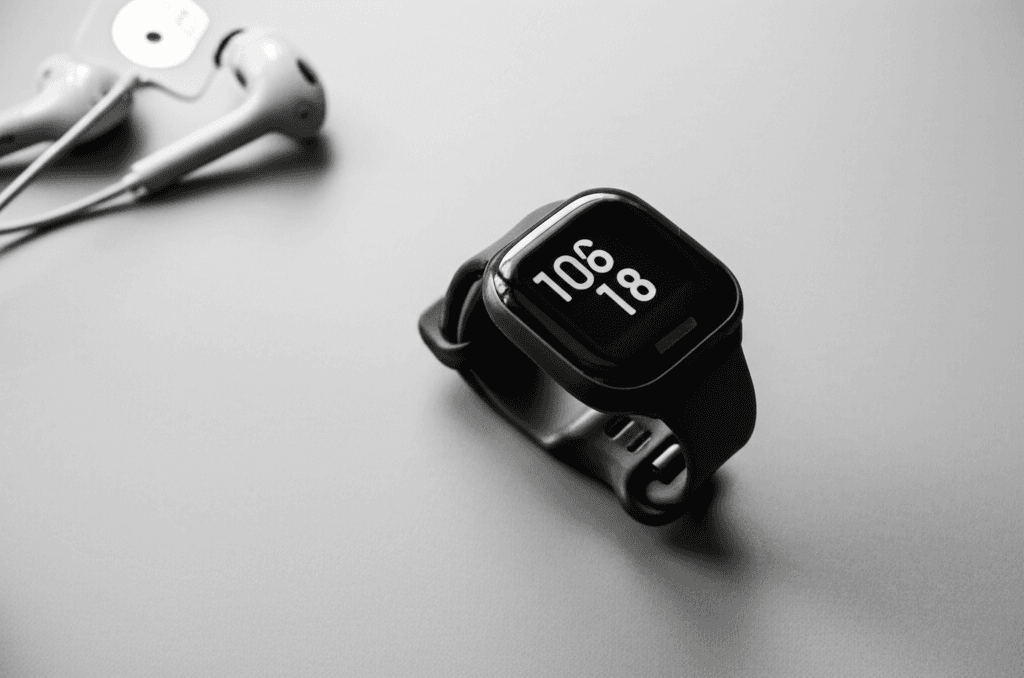
Why Subscription-Free is a Game Changer
Polar’s decision to offer a premium, screen-free wearable without a subscription fee is disruptive for several reasons:
Enhancing Accessibility and Affordability
By eliminating recurring costs, Polar lowers the long-term financial barrier for consumers to access continuous health and fitness tracking. This “pay once, own it” model stands in stark contrast to competitors that require perpetual payments. This accessibility could appeal to a broader demographic, including those who are budget-conscious or hesitant to commit to ongoing subscriptions.
Empowering User Control and Data Privacy
Polar’s emphasis on user control and data privacy, explicitly stating no upsells or data selling, addresses growing consumer concerns about how their personal health data is used and monetized. In a market where data security is increasingly important, this stance could build significant trust and loyalty.
Challenging the Industry Norm
The move directly challenges the dominant subscription models in the discreet wearable tracker segment, particularly those of Whoop and Oura. This could force competitors to re-evaluate their pricing strategies or enhance the value proposition of their subscriptions, ultimately benefiting consumers. Polar’s CEO noted that this aims to “democratize” this segment of wearables.

Shifting Investment Opportunities in Health Tech
Polar’s subscription-free strategy signals a potentially shifting investment landscape within health tech. While subscription models in health tech have generally been seen as a “win-win” for entrepreneurs, offering predictable revenue streams and fostering long-term customer relationships, Polar’s approach highlights a different avenue for value creation.
Appeal to Investors
- Wider Market Penetration: A lower barrier to entry could lead to faster and broader adoption, particularly in developing markets or among demographics less inclined toward subscriptions. This could translate into significant market share gains.
- Focus on Hardware Innovation & Core Value: Investors might be attracted to companies that can demonstrate strong, standalone hardware value, where the product itself, rather than ongoing services, is the primary draw. Polar’s long-standing reputation for scientific accuracy in biometric data could be a key advantage here.
- Simplified Business Model: A one-time purchase model might streamline operational complexities associated with subscription management, customer churn, and payment processing.
- Growth in Wearable Medical Devices: The broader wearable medical devices market is expanding rapidly, projected to grow at a 25.53% CAGR through 2030, driven by remote patient monitoring and chronic disease management. Subscription-free models could capitalize on this by offering a low-barrier entry for users prioritizing wellness.
Challenges and Considerations for Non-Subscription Models
- Revenue Predictability: Unlike subscriptions, a one-time purchase model offers less predictable recurring revenue, which can be a concern for some investors. Companies must rely heavily on new device sales or a robust upgrade cycle.
- Sustained Engagement: Without the incentive of a continuous subscription, companies must ensure their free app and features remain compelling enough to keep users engaged long-term. Polar’s use of the free Polar Flow app for data syncing and insights is critical in this regard.
- Funding for R&D: Sustaining innovation without recurring subscription revenue might necessitate different funding strategies or higher upfront device costs.
The Broader Health Tech Investment Landscape
The health tech sector continues to be a hotbed for investment, with trends focusing on AI and machine learning for personalized healthcare, telehealth and remote monitoring, and mental health solutions. The overall wearable technology market is forecasted to expand from $128.075 billion in 2024 to $328.611 billion by 2032, driven by AI and IoT integration. While many health tech startups leverage subscription models for various services, from telemedicine to mental health platforms, Polar’s move suggests there’s also significant value in democratizing access to fundamental health data without such a gatekeeper.
Conclusion: A Future of Choice and Accessibility
Polar’s introduction of a subscription-free wearable is more than just a new product launch; it’s a statement about the future direction of the wearable fitness market. By prioritizing simplicity, affordability, and user control, Polar is redefining what consumers—and investors—value in health technology.
As the industry evolves, the demand for accessible, low-maintenance health tools is only set to increase. Companies that can deliver accurate, insightful biometric data without the added complexity and cost of subscriptions may carve out a significant competitive advantage. For investors, this represents a compelling opportunity to back models that align with both broad market trends and the growing consumer desire for transparent, empowering, and truly user-centric health solutions. The health tech market, while still embracing subscriptions in many areas, may see a new wave of innovation driven by those who offer freedom from fees, making health monitoring ubiquitous and genuinely affordable.




